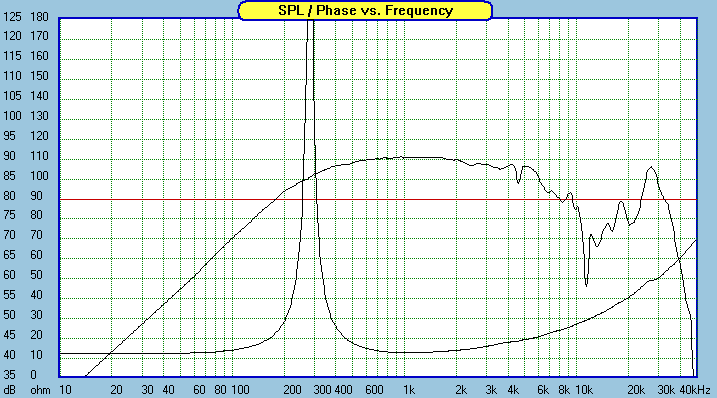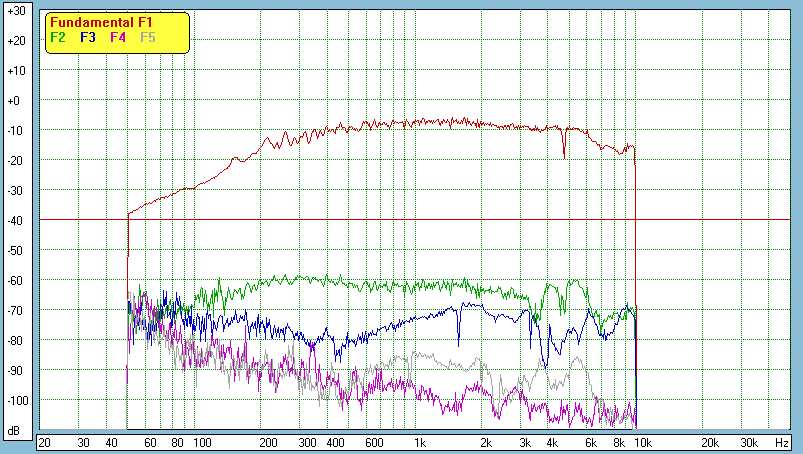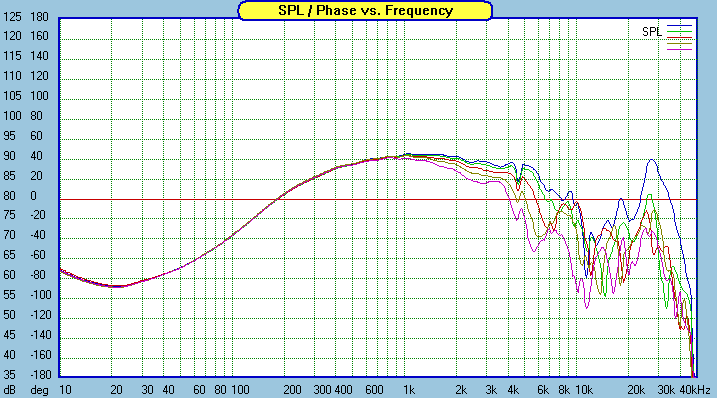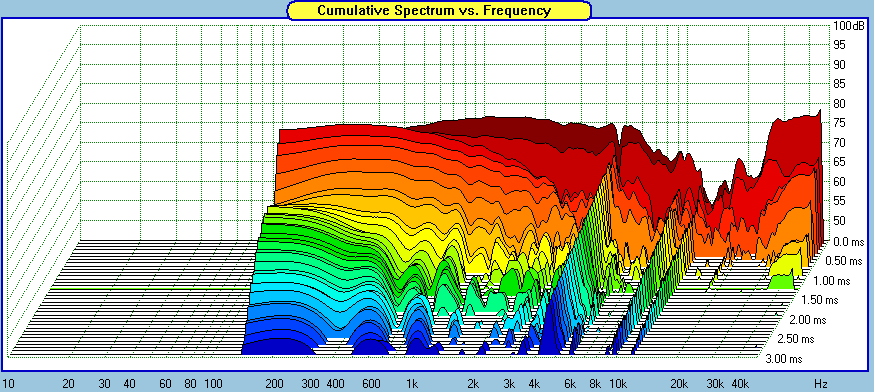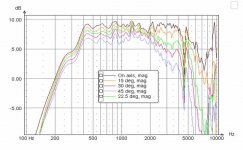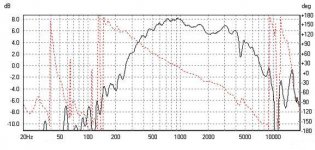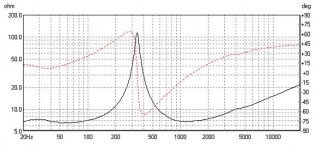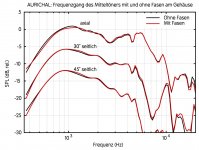Absolutely the best midrange driver in the world. I have used this extensively and nothing comes close. It has an openness and sound that is very unique and can take gobs of power when used correctly. I use it crossed to the Scan BE tweeter at 3.5 and 700 to the 12" ATC woofer.
Last edited:
Wonderfull, so what's the essence of this beauty, what makes it tick. Is it the low distortion / the powerhandling? Any thoughts about getting close to this Holy midrange Grail without shelling out such an amount of money? And yes i heard this midrange driver quite some times, not so happy about the bassdriver in the big ATC speakers. Ye Olde English damping of Ye paper cone. Choke Ye old live out of it isn it?
Last edited:
A proud owner of 2 pair plus one in my CC of the 150s
Also have 2 pair of non s
And 2 pair of the Volt vm752
These are all amazing mids built for serious amplification. ..
I KNOW
I KNOW
They are expensive but they will go beyond most typical mids for my enjoyment. ....maybe not everyone elses.
Also have 2 pair of non s
And 2 pair of the Volt vm752
These are all amazing mids built for serious amplification. ..
I KNOW
I KNOW
They are expensive but they will go beyond most typical mids for my enjoyment. ....maybe not everyone elses.
A proud owner of 2 pair plus one in my CC of the 150s
Also have 2 pair of non s
And 2 pair of the Volt vm752
These are all amazing mids built for serious amplification. ..
I KNOW
I KNOW
They are expensive but they will go beyond most typical mids for my enjoyment. ....maybe not everyone elses.
I am about to start design on a project for construction in 2017 using a very high performance midrange unit
How do the Vold VM752 compare to the ATC midrange?
How do the Vold VM752 compare to the ATC midrange?
Hi,
The issue with the Volt VM752 is the notch in the frequency response at 2.6 kHz. Designing a decent passive crossover at 2.5 - 3 kHz is very difficult under these conditions. The notch only is mildly visible in the manufacturer chart, but clearly in the measurements of Akltam and Bushmeister.
Akltam:
http://www.diyaudio.com/forums/multi-way/210627-wilmslow-audio-prestige-platinum-44.html#post4104740
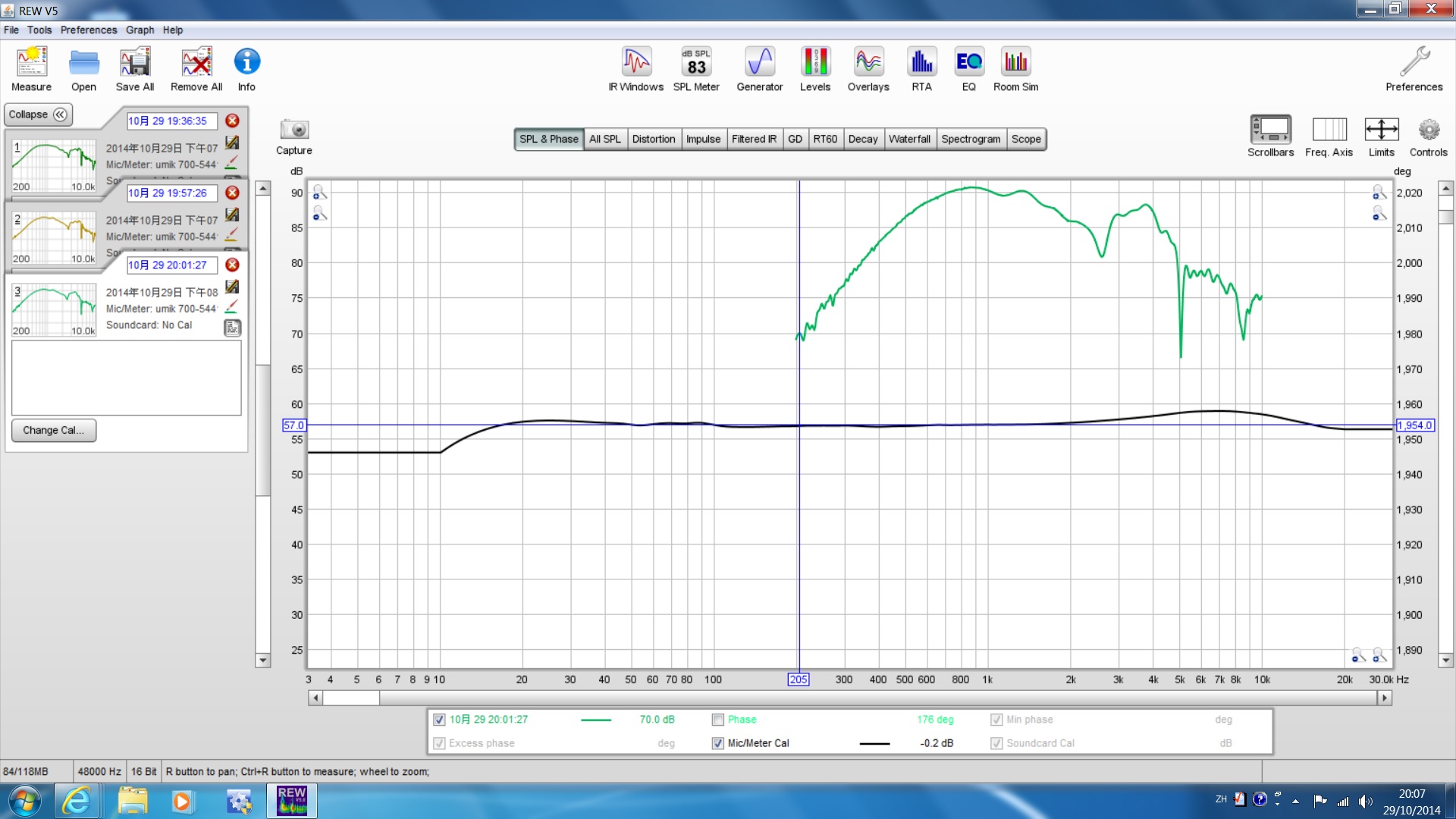
Bushmeister:
http://www.diyaudio.com/forums/multi-way/210627-wilmslow-audio-prestige-platinum-79.html#post4358394
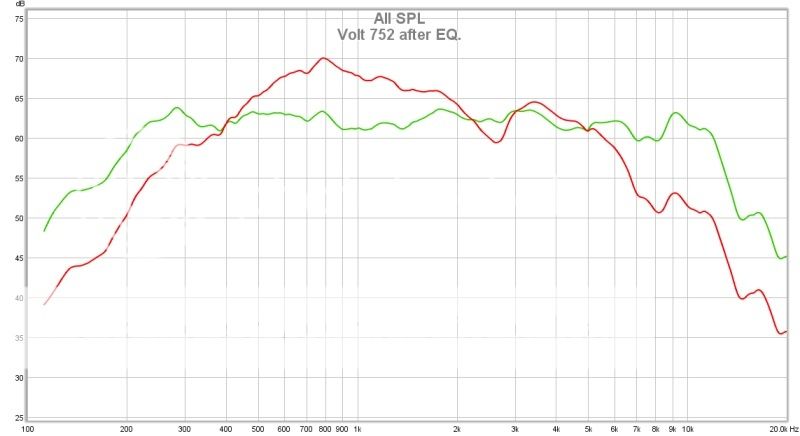
The issue with the Volt VM752 is the notch in the frequency response at 2.6 kHz.
I observed a similar dip with my design unsing the ATC SM75-150, although not as pronounced. This seemed to be related to baffle edge diffraction, not so much to the driver itself (see attached measurements).
Attachments
I observed a similar dip with my design unsing the ATC SM75-150, although not as pronounced. This seemed to be related to baffle edge diffraction, not so much to the driver itself (see attached measurements).
Looking at it simplistically a curved baffle edge will add some correction?
Looking at it simplistically a curved baffle edge will add some correction?
No. In fact, the black curves were measured with a flat, rectangular baffle; the red curves with a chamfered baffle (the chamfers were as large as possible for the given baffle width and driver diameter). The chamfers don't change anything. The wave length at 2.5 kHz is about 0.14m, so the chamfers would need to be quite large to have any effect at all. Siegfried Linkwitz says about this: "With most speaker cabinets the radius or chamfer is acoustically too small and is primarily cosmetic."
The only thing that helps to reduce the dip is to offset the driver from the center of the baffle, which smears out the dip to other frequencies. The same happens with off-axis measurement (as demonstrated in my measurements shown in my previous post).
No. In fact, the black curves were measured with a flat, rectangular baffle; the red curves with a chamfered baffle (the chamfers were as large as possible for the given baffle width and driver diameter). The chamfers don't change anything. The wave length at 2.5 kHz is about 0.14m, so the chamfers would need to be quite large to have any effect at all. Siegfried Linkwitz says about this: "With most speaker cabinets the radius or chamfer is acoustically too small and is primarily cosmetic."
The only thing that helps to reduce the dip is to offset the driver from the center of the baffle, which smears out the dip to other frequencies. The same happens with off-axis measurement (as demonstrated in my measurements shown in my previous post).
Yes not enough, the results would be minimal. Have you had the chance to measure them on an offset baffle?
Last edited:
Yes. See measurements, model data and photos here: http://hifibau.ch/optimierung-der-schallwandgeometrie/Yes not enough, the results would be minimal. Have you had the chance to measure them on an offset baffle?
- Status
- This old topic is closed. If you want to reopen this topic, contact a moderator using the "Report Post" button.
- Home
- Loudspeakers
- Multi-Way
- ATC SM75-150S Dome Mid Measurement Data
